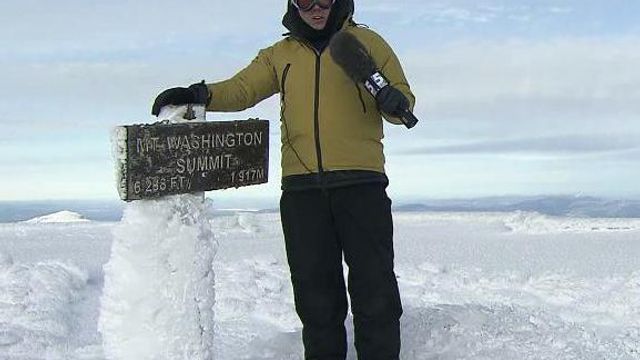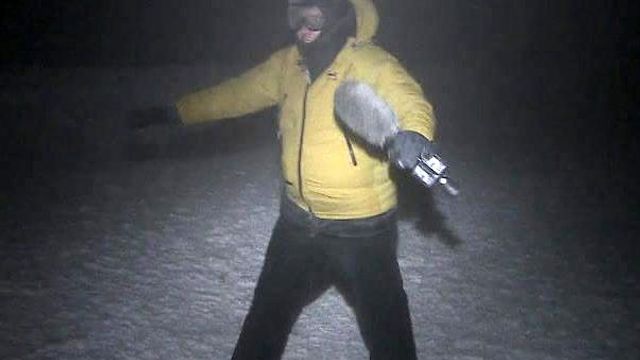Richard did a great job documenting Greg's experience in the snowy, frigid weather. But what about Richard? How did he and his equipment fare in those extreme conditions? You can read his fascinating story below.
Baby it's COLD Outside!
Don’t get me wrong, I’m no snow-lovin’ Greg Fishel. I’m a Southern Boy and a beach bum to boot, but a fella has got to get a little snow in his life each winter.
I knew what I was getting in to. Mount Washington: Home of the World’s Worst Weather. So the first thing I did was email Art Howard, a former WRAL News Photographer and current big time freelancer. He’s currently chasing dog sleds with a glass lens in negative 40 degree temperatures. He was kind enough to give some advice to pile on top of what I already knew.
When shooting in the extreme cold and blowing snow, two things are your biggest enemy: Temperature and Moisture.
Combining moisture with the extreme cold causes quick freezing. The last thing you want is for water to get inside the gear and freeze. To combat the moisture, first, the camera gear never goes directly from the cold outside to the warm inside or vise-versa. As anyone who wears glasses can tell you, that causes condensation. I transitioned the camera gear inside-to-outside by letting it sit in areas that were not actually heated in the building. I also carried a hairdryer with me to dry the camera gear so water wouldn’t seep into any nooks and crannies. Outside I used the same camera rain gear we use for hurricane coverage. The goal: Keep the camera dry!
The nice folks at the local R.E.I. and North Conway's Eastern Mountain Sports were kind enough to help me spend some money on the right clothes for the condition. Having spent some time in the -40 degree wind chill factor, I can tell you there is nothing more important. The right material (Cotton is a big no-no), proper layering, and eye protection is a must.
Each year, a lot of hikers get in trouble on Mount Washington; hypothermia sets in as they are ill-prepared for the weather conditions that can change fast.
But bottom line, the adventure was well worth the work and preparation. If you have the chance to go, GO! Be safe. Stay warm.
Related Topics
Copyright 2024 by Capitol Broadcasting Company. All rights reserved. This material may not be published, broadcast, rewritten or redistributed.






